How to paint the walls in an apartment: do it yourself

Today, wall decoration using painting is very popular. This method is considered budgetary and easy to create the comfort of your own interior. Before carrying out finishing work, it is recommended that you familiarize yourself with the technique of painting the walls in the room in order to enjoy the result in the future.
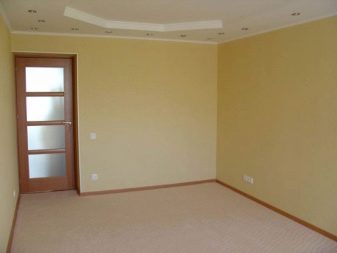
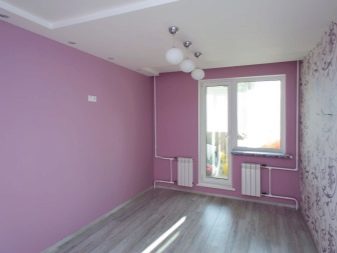
Where to begin?
When starting to paint the walls in an apartment with your own hands, you need to take into account some of the nuances and recommendations of experts:
- The first step is to measure the area to be painted. This is necessary in order not to be mistaken with the purchased amount of paint.
- It is necessary to properly prepare the base for staining using a special technology.
- The paint is applied in a thin layer, otherwise it may swell.
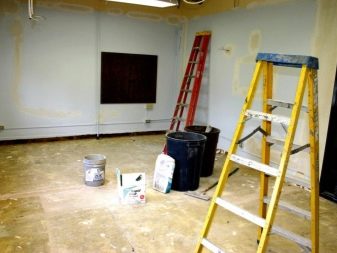

Choice of paint
It is necessary to familiarize yourself with the recommended indicators of a particular product.
It must meet certain requirements, which include:
- Security.
- Environmental friendliness.
- Optimum drying time.
- Acceptable price.
The choice of paint depends on the type of original surface and where the paint is applied. After all, moisture-resistant paint is suitable for the bathroom. For the kitchen, it is better to use paint with wear-resistant qualities, since the surface of the wall is exposed to constant pollution. For the hallway and corridor, you need a variety that is resistant to abrasion.


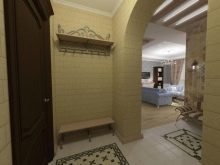
The following are very popular with buyers:
Oil
Oil paints are products based on linseed oil. The advantages of this type of paint are high wear resistance and moisture resistance. It is recommended to use this material in bathrooms, kitchens. The service life can last more than seven years, but this is possible only with proper care.
The only drawback of oil paint is an unpleasant, pungent odor that will fade away for a long time.
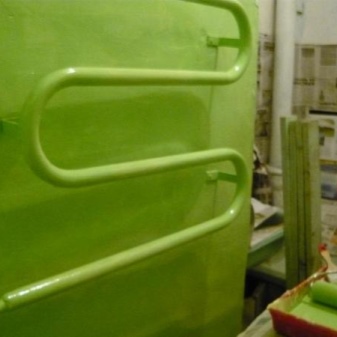

Water-based
The composition of water-based coloring materials is based on a polyvinyl acetate emulsion. This finish has a number of advantages: it is an environmentally friendly product that is safe to use, is distinguished by a variety of different color shades, ease of use, and fast drying of the painted areas. This wall painting is recommended in apartments and houses where there are small children or allergy sufferers. There is one drawback: the application is possible at a temperature of +5 degrees.
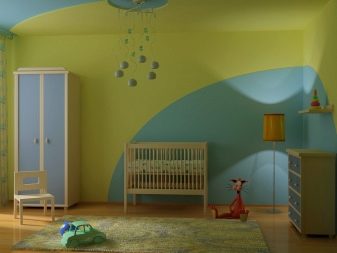
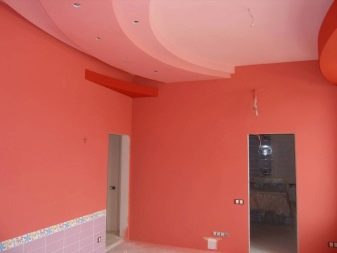
According to their inherent qualities, water-based paints are divided into:
Acrylic
Some types of such paint are suitable for painting ceramic tiles in bathrooms, the composition of the coloring material allows you to wipe the walls with a wet cloth. Due to its composition, such material can be used for painting MDF, brick, wood, glass.
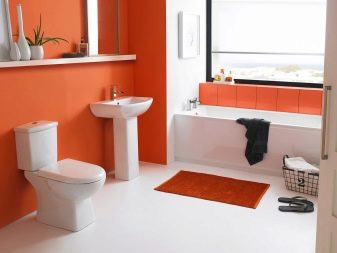

Silicone
The silicone coating has good breathability. Such material can be washed with special detergents.
This coating can be applied to the wall with minor defects (up to 2 mm), hiding all irregularities.
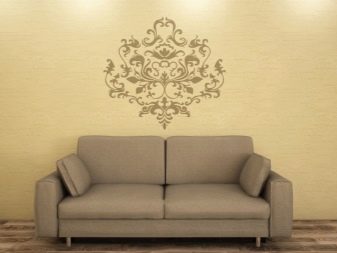
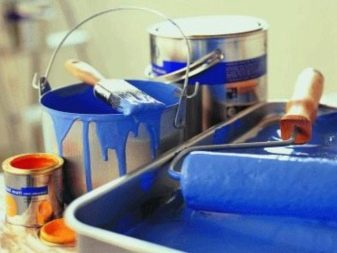
Latex
Latex materials are the most moisture resistant. After painting and drying, the surfaces are not affected by water, while remaining unchanged. The only drawback of such a product is an unpleasant smell during painting.
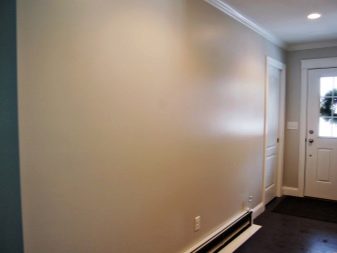
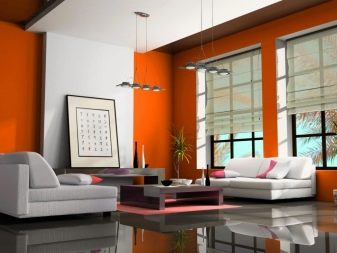
Mineral
Mineral water-based varieties are durable to dirt. It is convenient to apply such a composition on the surface of walls made of brick, concrete, or plaster. The slaked lime and cement present in the composition help the paint to adhere better to the work surface.

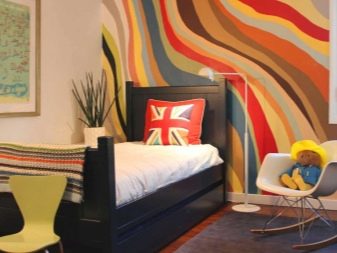
Colors and design
A large number of color solutions allow you to realize your creative thoughts, creating a unique interior in the apartment. Chameleon paints containing mother-of-pearl create unusual effects in different lighting conditions. From the outside, you might think that the walls are covered with silk fabric. They make coloring materials with a velvet effect, which include solid colored particles of various materials (sand, shells, minerals, stones). After applying such a product to the surface, the effect of a velor fabric is created.
Manufacturers add sparkles to a wide variety of decorations to improve the decoration, allowing you to achieve originality and magic of the interior.
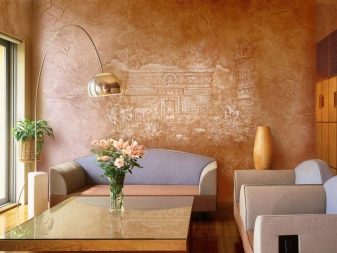
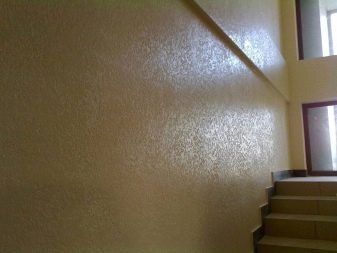
As for color solutions, the possibilities of coloring compositions are unlimited. They obey the specific style of the room, the general background, or contrast with it. The most popular is white paint: this color is universal, through it you can highlight any area of the room, giving it uniqueness, filling the space with light. This shade is especially valuable in interiors with styles that abound in solid wood. In such a space, you cannot do without the selection of planes, otherwise the texture of the tree will lose its expressiveness. In this case, white paint is appropriate for highlighting the ceiling.
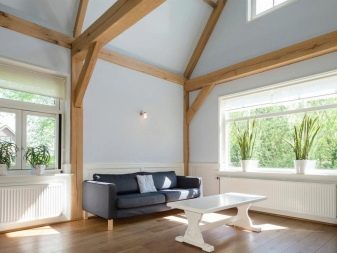
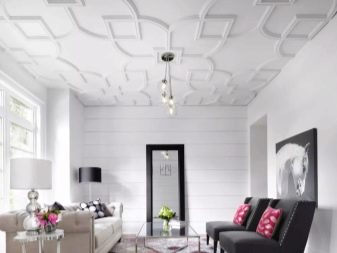
The most valuable shades of colors today are natural, close to beige and brown. They allow you to refine the texture of the wooden floor. For bathroom walls, you should use blue, sea, sand shades. An excellent solution would be to decorate the accent area with a simple drawing using paints. At the same time, the shades of the material can be different: by adding color, today you can choose the perfect tone.
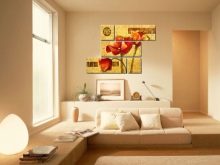


Quantity calculation
Before painting the walls, you need to calculate the amount of coloring material:
- The first step is to measure the area of the surface to be painted (it is recommended to measure it together with window and door openings, thereby making a margin).
- The accuracy of the calculation depends on the number of paint layers.
- Multiply the length by the width of the area, then correlate it with the indicated consumption on the packaging of the paint itself. Usually the manufacturer indicates how many square meters. m. of the working surface is enough volume of one can.
- To the resulting expense, add another 15% of the material for unforeseen expenses. This will eliminate the drawback (it is not always possible to ideally select the missing material).

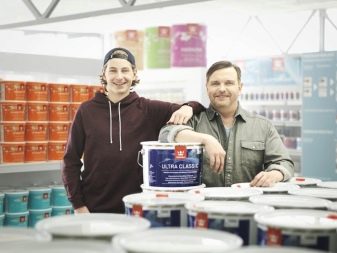
Surface preparation
Preparing walls for painting is an excellent opportunity to eliminate all defects and irregularities in the surface of the walls. Before starting finishing work, it is necessary to free the room from furniture and decor items. Furniture is taken out of the room, or covered with a special film. The floors are covered with newspapers or cardboard.
All decor items on the walls must be removed, this will eliminate the appearance of splashes of dye.

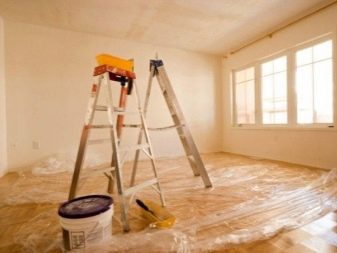
The surface of the walls must be cleaned of various contaminants with a stiff brush (dirt, dust, plaster solutions). Existing cracks and crevices are carefully sealed with a putty or plaster mixture using a spatula, after which these areas are smoothed with emery paper until gloss is formed. If the surface has an old paint coating, it must be scraped off. The wallpaper can be removed by pre-moistening with water. If the wallpaper is firmly glued without leaving elements, you can leave it on, painting directly on it. After removing the wallpaper, the wall must be washed with water and detergent.Waterproof wallpaper is much more difficult to remove: in order to wet it, you need to make an incision in a certain place to pour water.

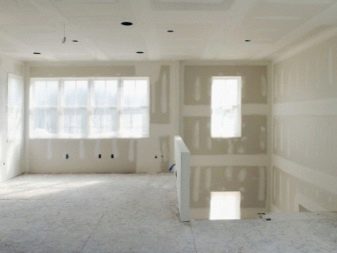
Before painting, the surface must be treated with a primer. This will provide better adhesion of the paint to the surface. It is necessary to apply 1-2 coats of primer over the entire painted area, avoiding the appearance of matte marks. This applies not only to concrete surfaces, but also to drywall walls.
If the wall is in good condition with no imperfections, you can simply wash and vacuum it. Painting the wall should be started after the primer has completely dried (time can vary from 2 hours to a day). The final step in preparing the walls is to turn off the electricity from the network.
It is recommended to cover the outlets and switches with mounting tape or tape.
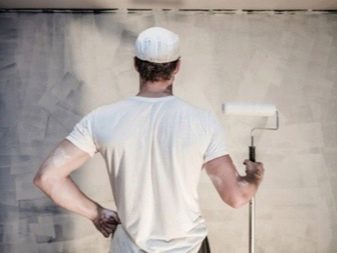
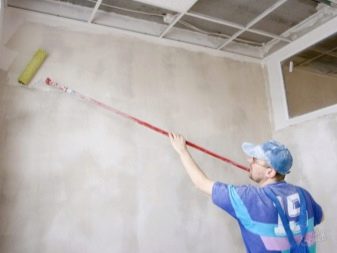
Painting technology
For interior painting of walls in an apartment, water-based paint is mainly used.
It meets all the necessary quality indicators, differing in:
- short drying time;
- security;
- a variety of shades;
- ease of use.
Before painting, you should stock up on the essentials:
- paint;
- masking tape;
- protective gloves and goggles;
- brush and roller;
- tray for coloring material.

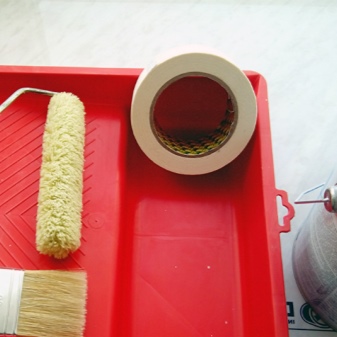
Before applying the coloring composition to the walls, it is necessary to add color to the finishing material. It is better to dilute all the paint, otherwise then it will not work to create the same color in all containers. In prepared dishes, using a mixer or manually, the paint should be diluted with water (if it is thick) to obtain a homogeneous consistency, then color should be added in small portions. The gradual addition of color will allow you to choose the desired shade as accurately as possible to the desired one.
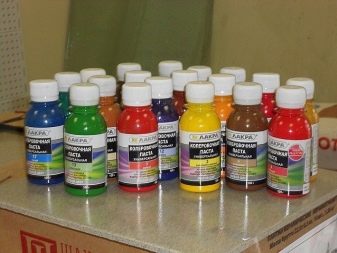

If it is necessary to tint a small section of the wall or apply multi-colored stripes, masking tape is used for even separation. To stick it evenly, use a level (laser or alcohol). The gluing height depends on individual tastes and preferences. The masking tape must be glued firmly without air pockets, otherwise the paint will leak and the line will be uneven.
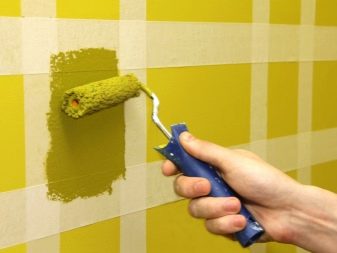
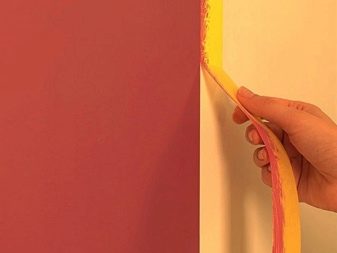
It is recommended to start painting walls from doorways or windows with a small roller. When applying oil paint, it is best to use a variety of natural bristle brushes. In order not to stain the door materials, it is better to paint the surface with a small brush around the edges. Small brushes are used to get straight lines in the area of electrical appliances. After applying paint to problem areas and corners of the room, you can move on to the rest of the wall surfaces.
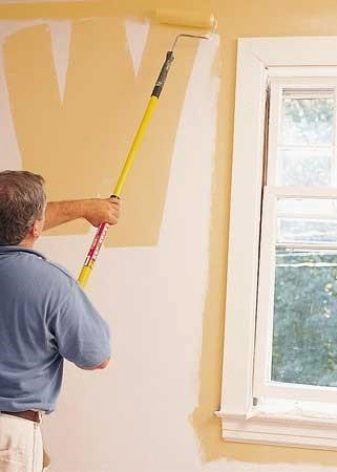
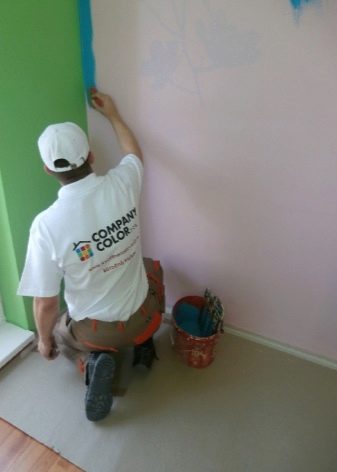
Wall painting is done with a large roller. Try to apply the coloring material in an even layer, avoiding streaks and drops. The movement of the roller should be vertical. Once the gaps appear, it's time to dip the roller into the paint. It is recommended to use a large roller with paint tray to speed up the painting process. The tray must be filled up to a third with the coloring material, otherwise it will not be possible to dip the roller. This is to keep ink from leaving the tray. In order for it to be evenly distributed over the roller, you should slide it back and forth over the paint, and then in the same movement along the outside of the tray.


The application of the second layer of paint is possible only after the previous one has completely dried. Otherwise, the coloring of the walls will be uneven, differing in gaps. All resulting defects during painting are corrected with a roller. After checking the staining for uniformity and uniformity, you can begin to remove the mounting tape. This must be done before the layers of the coloring material dry. Typically, paint cure time is 24 hours, but it can vary depending on the temperature of the room and the type of paint. At the time of curing, avoid getting dust and dirt on the painted surfaces.
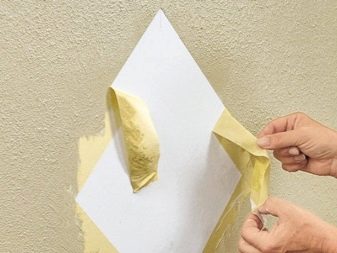
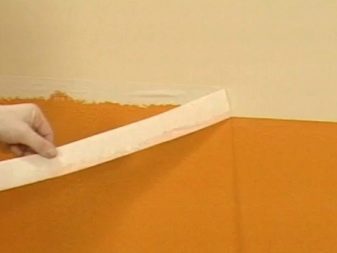
Useful Tips
It is recommended to test the product before applying paint raw materials to the required surfaces. Try paint on a small area of the wall. If, after complete drying of the paint, you are pleased with the result, you can apply the product to the entire surface of the walls. To quickly neutralize bad odors, pour distilled vinegar into a bowl.
Store paint cans and painting tools outside the living area. If this is not possible, it is worth wrapping the material in a plastic bag and tying it. Wall painting should be done strictly in a ventilated area. For this purpose, you need to open all windows and doors.
You can use a fan that is directed towards the window, creating a draft in the apartment.

Before painting the walls of the bathroom, it is necessary to treat the surfaces with a special antiseptic so that mold and mildew do not form in the future. Do not apply the paint in a too thick layer, otherwise it will spread, and waves will appear after drying. If defects and irregularities of the first layer of paint are found, they can be putty, cleaned, followed by painting. Rust from the surface of the walls is removed with hot water, after which the plane is treated with copper sulfate.
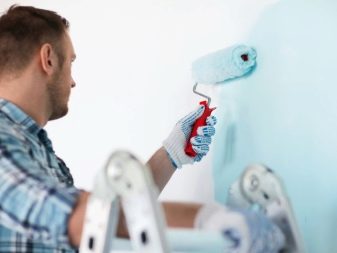
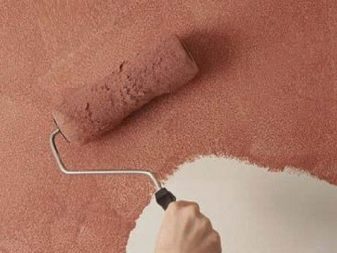
Interesting examples in the interior
Stunning effects can be achieved by applying paint to walls in a variety of ways. Consider the most popular ideas in the interior that you can create yourself.
Combination
You can use a combination of different shades. The main thing is that the colors are combined with each other. When using barely noticeable transitions, it is better to take one color as a basis, using several of its shades, or paint the surface with two combined shades (for example, beige and light gray). Gradient coloring is very popular, which is a smooth transition from light shades to darker ones, or a transition from one color to another (for example, blue and red, white and black, green and yellow). Gradient coloring will look completely different when applied with curved lines and patterns.
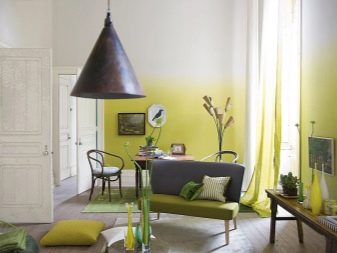
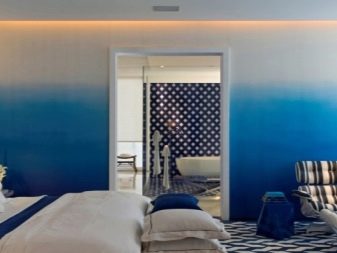
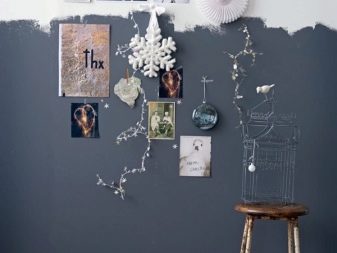
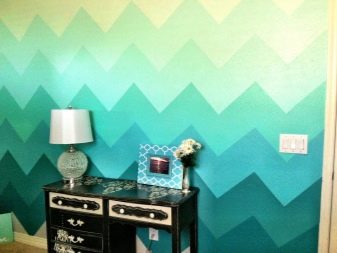
Boundaries
Creating certain boundaries on the walls looks fashionable, sophisticated and elegant. Also, borders allow you to divide a large room into separate areas. It often happens that the borders are uneven. To hide flaws, decorated elements (panels, borders, stripes) are used. This coloring is suitable for any room. If you apply decor in the form of a shiny strip, you get an original minimalism or hi-tech style.
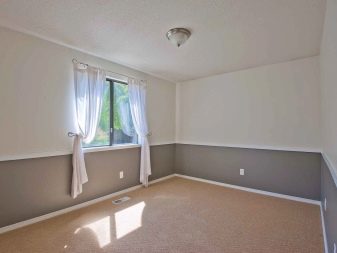
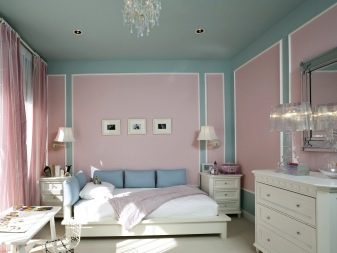
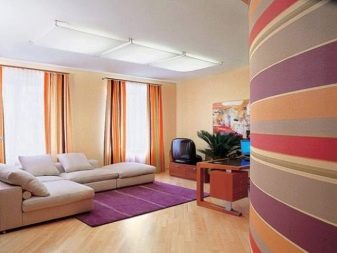
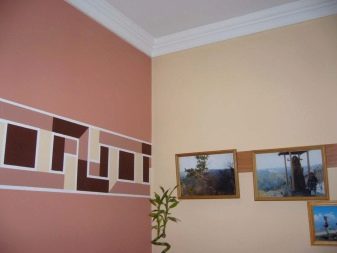
Horizontal division
In this case, it is allowed to use different colors. For example, white bottom black top. The border must be drawn at 2/3 of the floor. To visually increase the height of the walls, it is better to use dark colors for painting the bottom, and paint the top in light colors (white is a good option). It is possible to use a large number of horizontal narrow stripes that visually increase the width of the room, but in this case the ceiling may appear low.
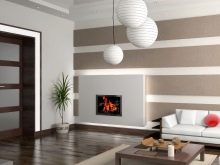
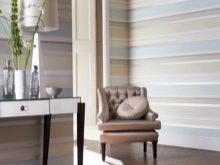
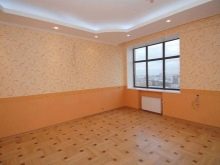
Accentuating the wall
Accentuating a wall is the selection of a specific wall.
This option is used in the interior in two ways:
- Using a darker shade of the same color as the rest of the walls.
- Applying a different color that matches the base shade.
Due to this method of staining, all attention will be paid precisely to the wall. It is better to use gentle shades in bedrooms, in children's rooms it is recommended to apply bright colors that children like.
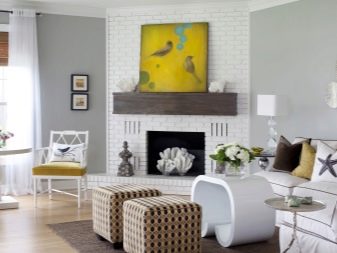
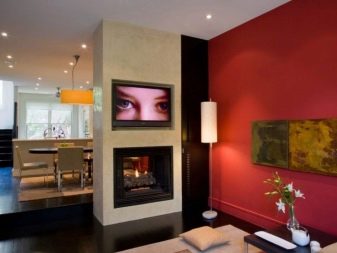
Stencils
An easy way to apply painting is carried out using special stencils, which can be purchased at any hardware store. You can make them yourself. Stencil drawings are applied to the base layer of paint, which can be an addition to the image of the interior.
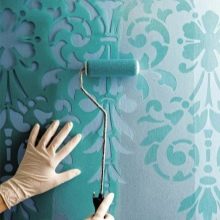
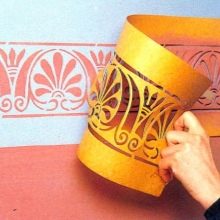
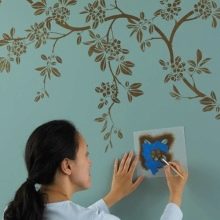
Rooms
Painting the walls and choosing a color palette depends on the purpose of the room. For the room of young children, it is better to use delicate light shades. It is better not to apply flashy shades in bedrooms; soft calm tones that create comfort are appropriate here. For the dining room and kitchen, we recommend using bright colors (for example, orange, white and pink). Wall painting technology can be called creative. With your own hands, using paint, you can create various works of art, adding uniqueness to the interior.
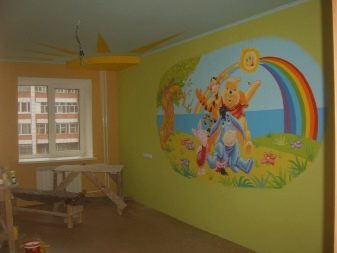
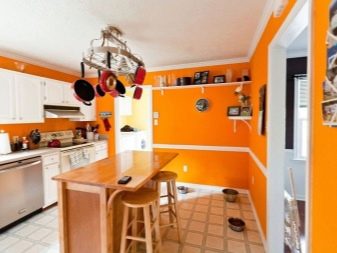
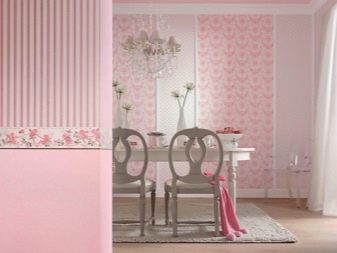
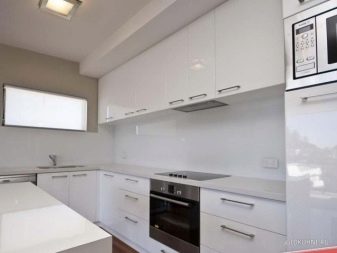
For information on how to paint the walls in an apartment with your own hands, see the next video.













The comment was sent successfully.